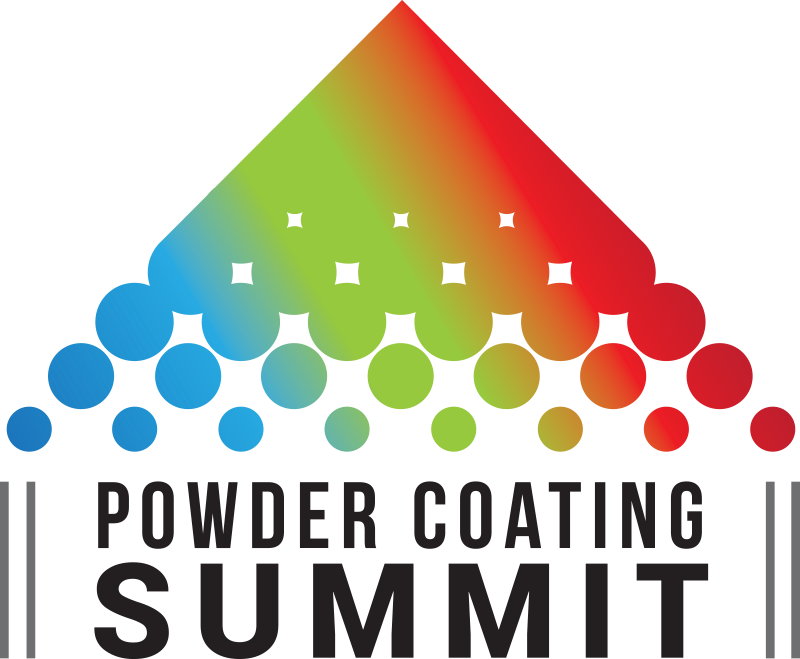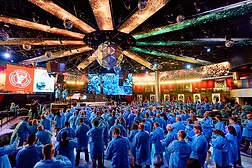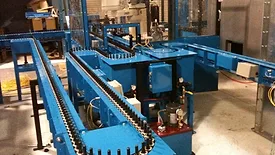Home » Keywords: » automation
Items Tagged with 'automation'
ARTICLES
CO2-Efficient Paint Shop Design Advances Electric Drying and Smart Logistics
Dürr Builds Turnkey Paint Shop for Volkswagen Puebla With Electric Drying and AGV-Driven Flexibility
Read More
Keep the info flowing with our eNewsletters!
Get the latest industry updates tailored your way.
JOIN TODAY!Copyright ©2025. All Rights Reserved BNP Media.
Design, CMS, Hosting & Web Development :: ePublishing










